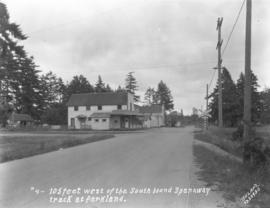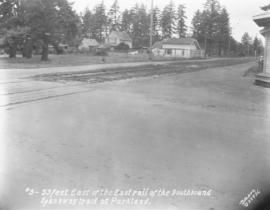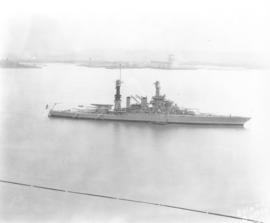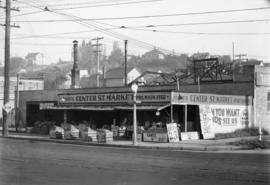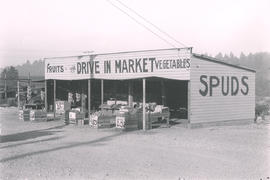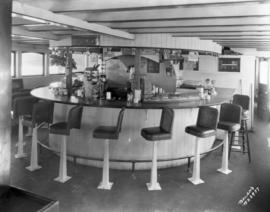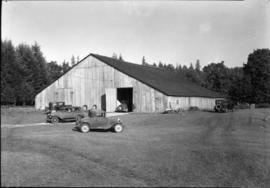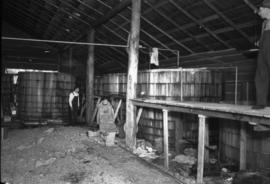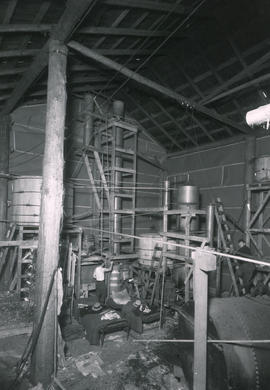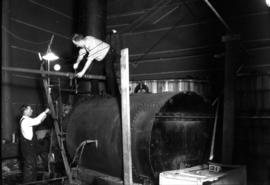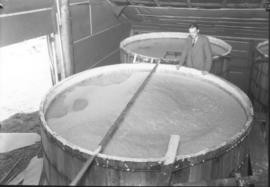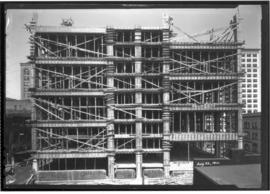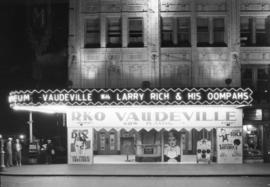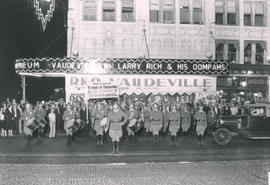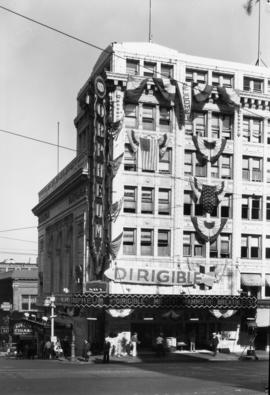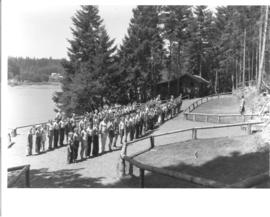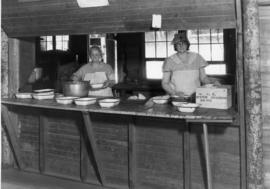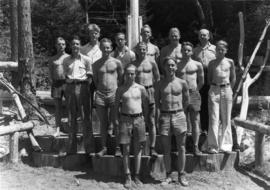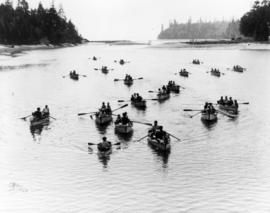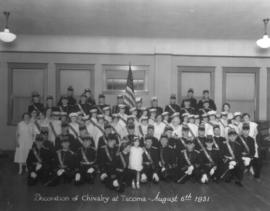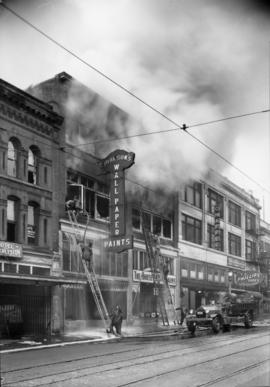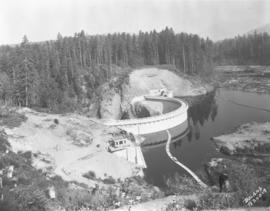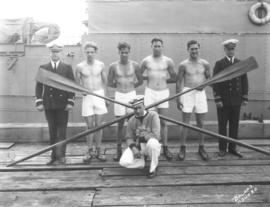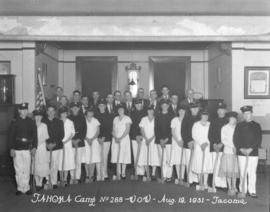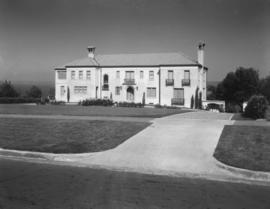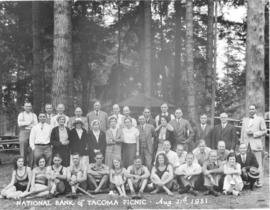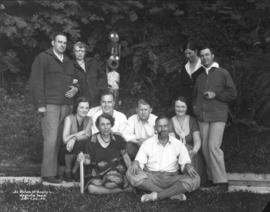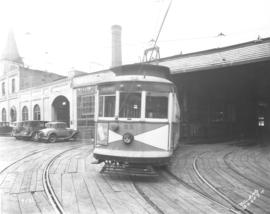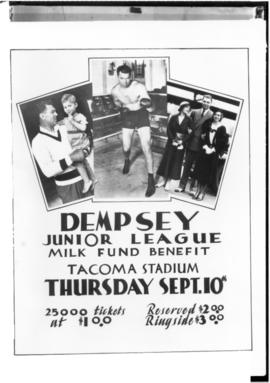- Item
- 1931-07-07
Part of Marvin Boland Photographs
A Tacoma Railway & Power Co. streetcar had been involved in an accident and Boland photographers were requested to photograph the Parkland accident scene on July 7, 1931. They took several pictures of the accident location from various directions. Photograph #4 was "105 feet west of the South bound Spanaway track at Parkland." This is believed to have been the accident that occurred about 8 pm on June 30, 1931, involving the H.F. Miller car. Mr. Miller's 15-year-old son, Jack, died in the county hospital the following day due to his injuries and his father, H.F. Miller, was seriously injured. The streetcar was heading south at the time of the accident and the Miller vehicle heading west. Photograph ordered by Tacoma Railway & Power Co. G73.1-021 (TNT 7-1-31, p. 1-article; TDL 7-1-31, p. 1-article)
Railroad crossings--Parkland; Tacoma Railway & Power Co. (Tacoma)--Accidents; Streets--Parkland;
